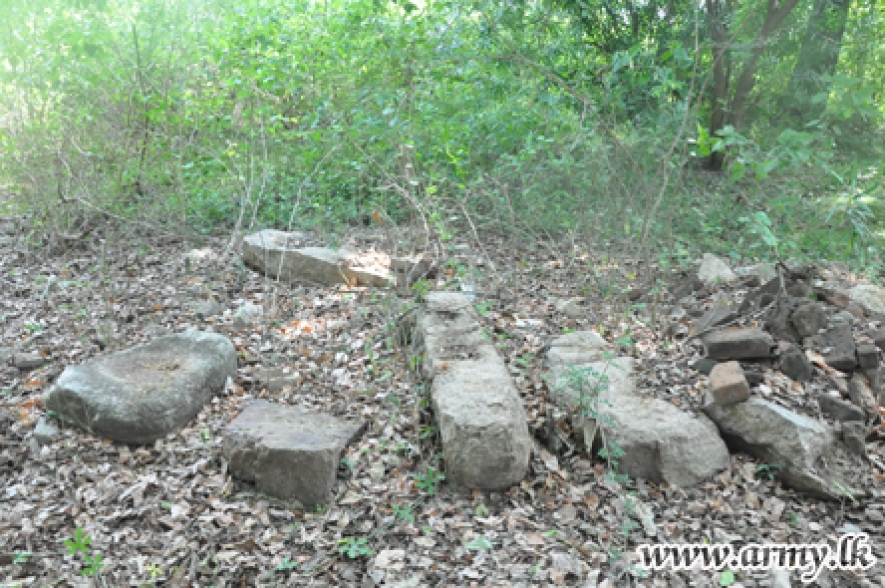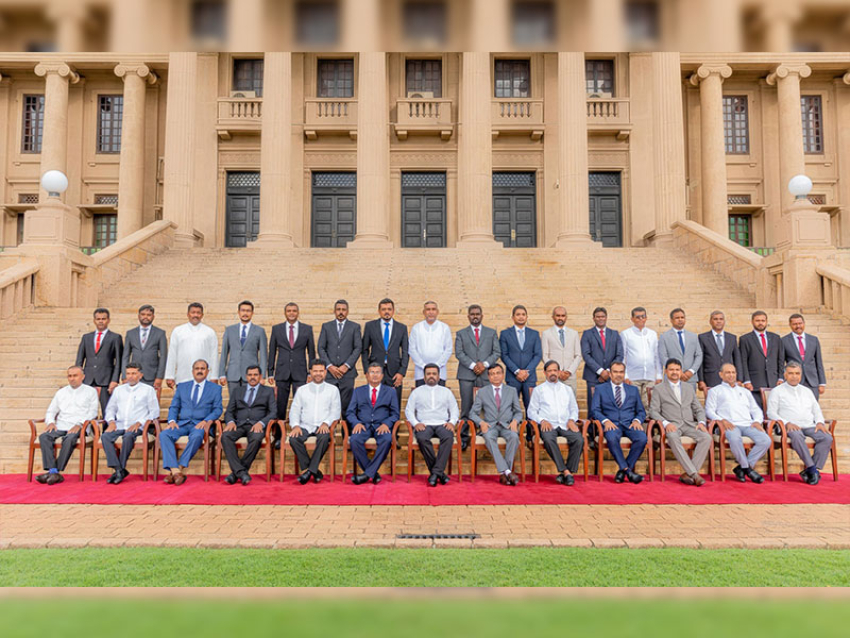20 Sri Lanka Light Infantry (SLLI) troops of the 662 Brigade under the Security Force Headquarters - Kilinochchi (SFHQ-KLN) came across the site lying in their area of responsibility by accident and kept the SFHQ-KLN informed of their findings, just a few days ago.
At the request of Major General Sudantha Ranasinghe, Commander, SFHQ-KLN who himself inspected the place, a team of archaeologists arrived at the site and began extensive investigations, through which they succeeded in finding ruins, identical to a Pagoda of 60 ft in diameter and about 12 ft in height, stacks of ancient layers of bricks, slates with Sri Paada symbol, stone posts with prints of Sri Paada in the middle, etc, all the hallmarks that confirm the existence of a Buddhist temple in the Polonnaruwa period.
However, archaeologists soon after preliminary investigations have declared the site a sacred archaeological site, pending further excavations, extensive research and comprehensive evaluations, alerting the security forces as well as government authorities to the new recovery.
Information that had been collected from locals in the area said that a small Pulleyar Kovil existed on the same site in 1940s until the present day Shivam Kovil was built in 1980s in veneration of Lord Pulleyar (1940s) and Lord Shiva and Lord Uma (1980) respectively with offerings (Pooja) being held.
Additional information gathered alleged that in 1965 when the Kurukkal (chief priest) was engaged in clearing the shrub jungles around the Kovil, he came across the ruins of a Pagoda, some Buddha statues, stone carvings as well as a Bo tree in the premises, but LTTE terrorists destroyed the large Buddha statue in the temple and threw its pieces and debris away into the Shivankulam tank which is close to the Shivam Kovil in the same area.
The facts brought to light further confirmed that there had been a Samadhi Buddha statue of about 4-6 ft tall and a statue of a lion plus a moonstone in the past, but the terrorists had however felled the Bo tree and replaced it with a Palmyrah tree later on before the place was called ‘Nagalingam’.
Major General Sudantha Ranasinghe, Commander, SFHQ-KLN, Colonel N.P. Akuranthilake, 662 Brigade Commander and several senior officers visited the location soon after its recovery by troops serving there.
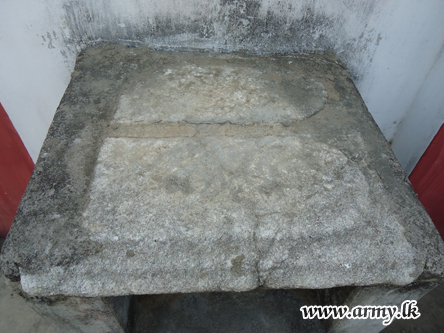
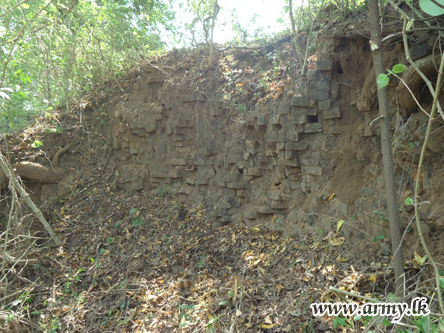
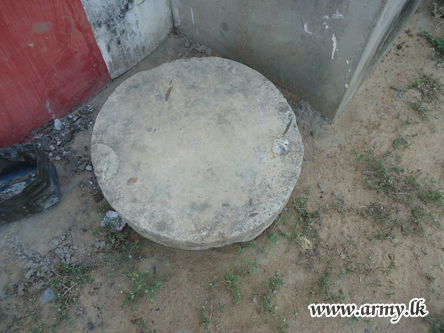
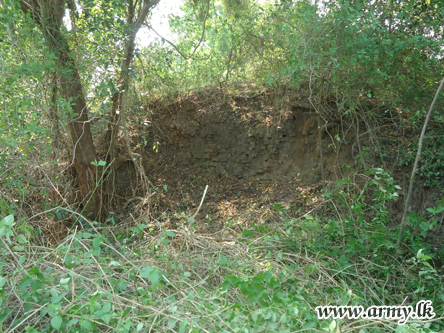
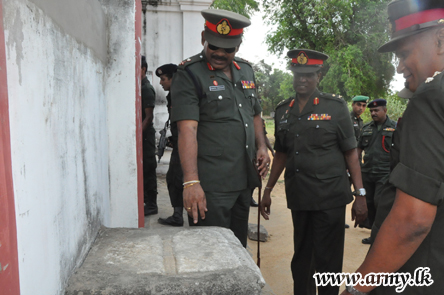
HC/army media

